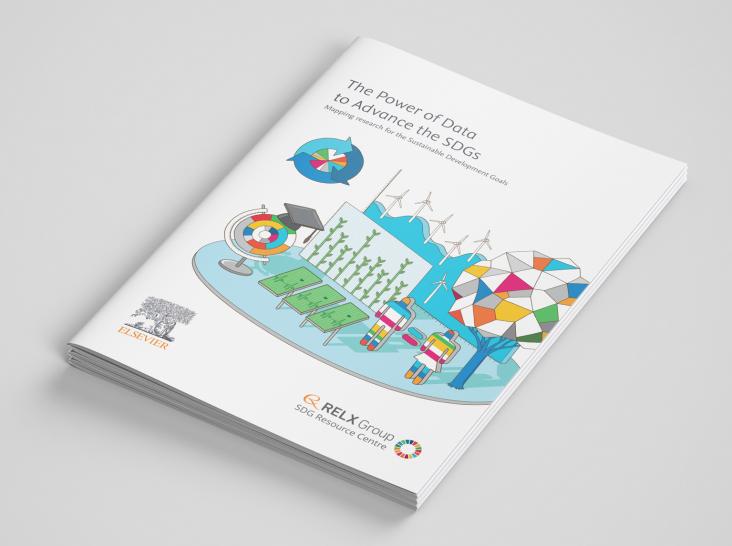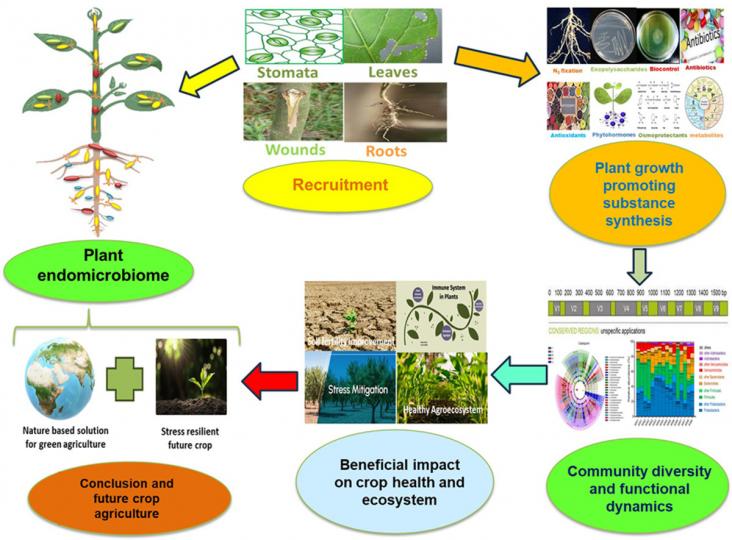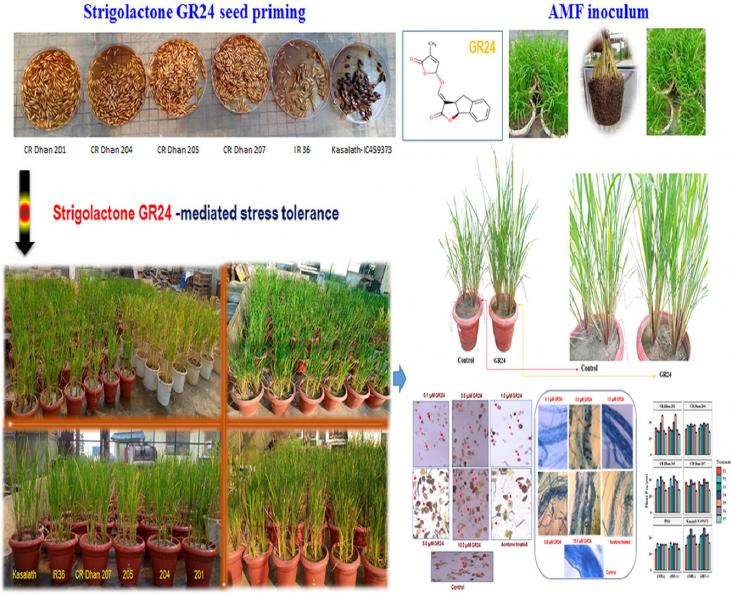The paper addresses the urgency of communicating the worsening anthropogenic-driven species extinction crisis to diverse audiences and proposes a threatened species recovery report card as a tool to showcase conservation progress, emphasizing the need for immediate action to prevent further biodiversity loss.
How to reduce human-wildlife conflixt through education
This study underscores the importance of recognizing and respecting diverse worldviews, knowledge systems, and values in addressing global challenges like biodiversity loss and climate change. By providing a framework that emphasizes understanding onto-epistemological assumptions and power dynamics, the research offers principles to guide more inclusive and respectful engagement with diverse perspectives, aligning with the goals of the International Day of Indigenous Peoples to promote cultural diversity and indigenous knowledge in conservation efforts.
This study seeks the view of ten school principals on the pathways of incorporating environmental education into the school curriculum in South Africa.
The cascading effects of biodiversity decline on human well-being present a pressing challenge for sustainable development.
Shows behavioural and physiological responses to habitat change

As we pass the halfway point for the SDGs, many of the goals are worryingly off track and progress on 85% of the target indicators has stalled or even reversed. Through our information, products and people, RELX remains committed to advancing the Goals. Here are some of the ways that we continue to support their achievement.

Access to information is critical in achieving the SDGs - empowering the public to make decisions, informing policy making and enabling effective implementation and monitoring. RELX businesses regularly produce and publish free to download reports and analytics that draw upon vast amounts of information and data in support of the SDGs. Explore some of the reports and tools developed to date.

Plants have a microbiome, a diverse community of microorganisms, including bacteria, fungi, and viruses, living inside and on their tissues. This review article contains deeper insight in endomicrobiome related research work in last years, recruitment, niche development, nutrient dynamics, stress removal mechanisms, bioactive services in plant health development, community architecture and communication, and immunity interplay in producing stress resilient future crop.

Strigolactones (SLs) are a new class of plant hormones that play a significant role in regulating various aspects of plant growth promotion, stress tolerance and influence the rhizospheric microbiome. GR24 is a synthetic SL analog used in scientific research to understand the effects of SL on plants and to act as a plant growth promoter.
